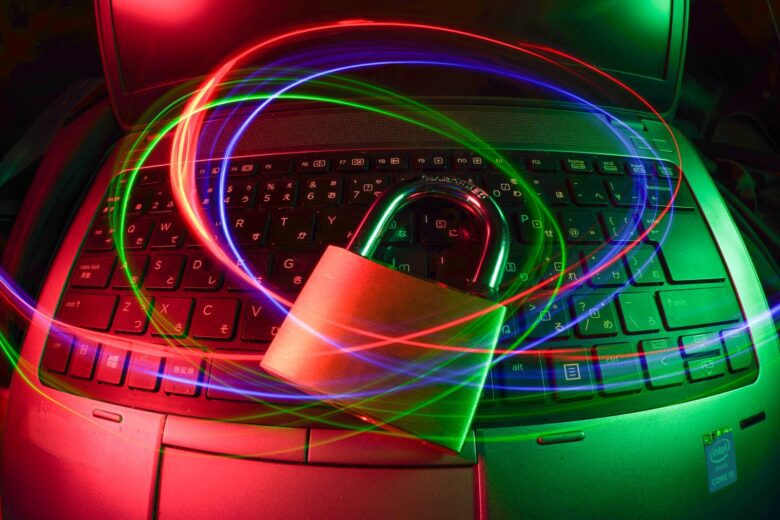In today’s digital age, where technology is at the heart of almost everything we do, the importance of cybersecurity cannot be overstated. From personal data to critical business information, our online world is filled with valuable assets that need protection. This is where IT security consulting comes into play, helping individuals and organizations safeguard their digital assets from cyber threats.
One crucial tool in the arsenal of IT security consultants is the risk assessment. In this blog post, we will explore the value of risk assessments in the world of IT security consulting, breaking down their importance, process, and benefits.
Why Risk Assessments Matter


Before we dive into the nitty-gritty of risk assessments, let’s understand why they matter so much in the realm of IT security consulting:
1. Identifying Vulnerabilities: Imagine your digital assets as a fortress, and cyber threats as potential breaches. A risk assessment is like having a skilled sentry who walks around your fortress, inspecting every nook and cranny to find weak spots. Identifying vulnerabilities is the first step in fortifying your defenses.
2. Prioritizing Security Measures: Not all threats are created equal. Some pose a minimal risk, while others could be catastrophic. Risk assessments help consultants prioritize security measures, ensuring that resources are allocated where they are needed most.
3. Compliance and Regulations: Many industries have specific cybersecurity regulations that organizations must adhere to. A risk assessment can help determine whether your current security measures align with these regulations, ensuring you stay compliant.
4. Cost-Effective Solutions: Investing in cybersecurity measures blindly can be costly. Risk assessments enable consultants to recommend cost-effective solutions tailored to your specific needs, making the most out of your budget.
5. Peace of Mind: Knowing that your digital assets have been thoroughly evaluated for vulnerabilities and that security measures are in place can provide peace of mind. It’s like having a security alarm for your peace of mind.
The Risk Assessment Process
Now that we understand why risk assessments are essential, let’s delve into the process itself. It’s not as daunting as it may seem, and it can be broken down into several manageable steps:
1. Scope Definition: The first step is defining the scope of the assessment. What digital assets need protection? Are there specific areas or systems that are of higher concern? Understanding the scope helps in focusing the assessment.
2. Asset Identification: Identify all the digital assets within the defined scope. This includes hardware, software, data, and even personnel who have access to these assets. Nothing should be left out.
3. Threat Identification: What are the potential threats to your digital assets? These can range from malware and hackers to internal vulnerabilities like weak passwords or untrained employees.
4. Vulnerability Assessment: In this step, the assessor evaluates the current security measures in place and identifies vulnerabilities. This includes analyzing the effectiveness of firewalls, encryption, access controls, and more.
5. Risk Analysis: Now comes the core of the assessment. The risks are analyzed by considering the likelihood of a threat occurring and the impact it would have on the organization. This analysis helps prioritize the risks.
6. Recommendations: Based on the risk analysis, the consultant provides recommendations for mitigating and managing the identified risks. These recommendations should be actionable and tailored to the organization’s needs.
7. Report and Documentation: A detailed report is compiled, summarizing the findings, vulnerabilities, risks, and recommendations. This documentation is not only crucial for implementing security measures but also for regulatory compliance.
The Benefits of Risk Assessments


Now that we have a grasp of the risk assessment process, let’s explore the tangible benefits that IT security consulting can bring to the table:
1. Enhanced Security: By identifying vulnerabilities and providing actionable recommendations, risk assessments lead to enhanced security. This means better protection for your digital assets and sensitive data.
2. Cost Savings: Investing in cybersecurity without a clear plan can be expensive. Risk assessments help you spend your budget wisely by focusing resources on areas of high risk.
3. Regulatory Compliance: Many industries have stringent cybersecurity regulations. Risk assessments ensure that your organization complies with these regulations, helping you avoid hefty fines and legal troubles.
4. Improved Decision-Making: Armed with the insights from a risk assessment, organizations can make informed decisions about their cybersecurity strategy. This includes choosing the right security solutions, training employees, and implementing policies.
5. Protection Against Emerging Threats: The cyber threat landscape is constantly evolving. Risk assessments keep your organization prepared to face emerging threats by regularly evaluating and updating your security measures.
6. Business Continuity: Cyberattacks can disrupt business operations. Risk assessments help ensure business continuity by identifying potential points of failure and implementing strategies to minimize downtime.
7. Customer Trust: In an era where data breaches make headlines regularly, customer trust is paramount. Demonstrating a commitment to cybersecurity through risk assessments can build trust with clients and customers.
8. Competitive Advantage: Organizations that prioritize cybersecurity and can demonstrate their commitment through risk assessments gain a competitive advantage. Clients and partners are more likely to choose a secure partner over a vulnerable one.
Conclusion
So, if you haven’t already, consider partnering with an IT security consultant to assess and fortify your digital defenses – it’s an investment that pays off in peace of mind and protection.





























